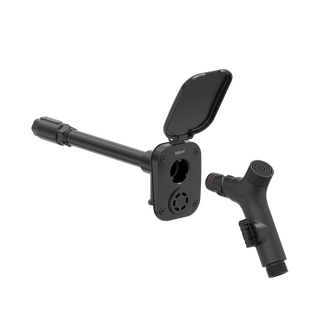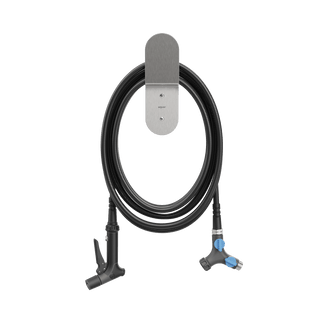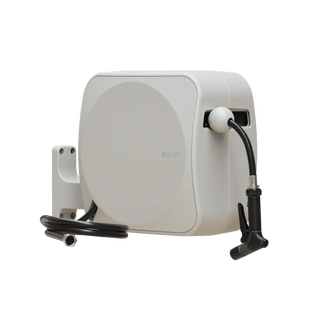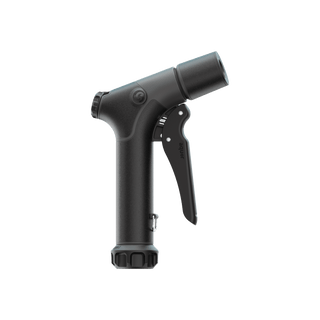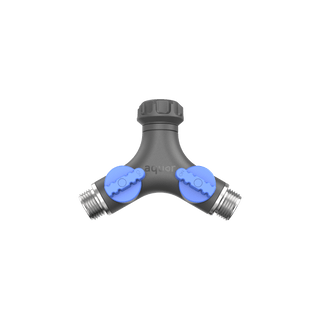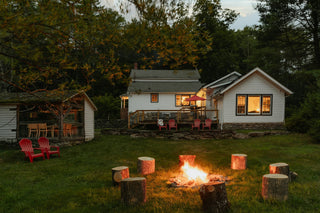Best Outdoor Plants for Pots and Planters

Are you interested in growing plants in pots or planters? We have several suggestions for different levels of sun exposure, hardiness, as well as edible options—your entryway, balcony, or patio will be filled with flourishing flora in no time.
Full Sun
These plants thrive in sunny, hot spaces that receive at least six hours of direct sun.
Calibrachoas

Also known as million bells, these lovely flowers bloom all season. Pruning leggy growth can help promote more flowers, which may be red, pink, yellow, white, and purple. Some varieties have unique color combinations, like magenta with yellow stripes. Water deeply when the top inch of soil feels dry, ensuring proper drainage.
Geraniums

Geraniums are a classic container flower, boasting a wide array of vibrant blooms. Water geraniums when the top two inches of soil feels dry to the touch. Regularly removing spent flowers will encourage more growth and blooms.
Lantanas

Lantanas love the heat. They form in hardy, colorful clusters and attract pollinators like hummingbirds and butterflies. Aim for about one inch of water per week, either from rain or irrigation. Newly planted lantana should be watered more frequently to establish roots. Prune in early spring to encourage flowering.
Lavender

Fragrant and drought-tolerant, lavender has a calming scent and attracts pollinators. This lovely purple flower has antibacterial and anti-inflammatory properties. Newly planted lavender should be watered every few days for the fist few weeks to establish roots, then gradually reduce watering. Established lavender prefers infrequent, deep watering, allowing the soil to dry out between waterings. Pruning is essential for maintaining shape and promoting new growth.
Petunias

If you're looking for an option that will spill over the side of your container, petunias are a wonderful option. They're a vibrant and long-blooming tender perennial. Available in a vast variety of colors, deadheading spent flowers will encourage further blooming. Allow the top inch or two of soil to dry out between waterings to prevent root rot.
Salvias

Salvia is another pollinator-friendly plant. This plant is relatively tall and heat-tolerant, like lavender. Salvia flowers grow in several different colors, including blue, purple, pink, red, white, and yellow. Allow the soil to dry out between waterings to avoid root rot, and keep the foliage dry if possible. Cut this hardy plant back after its first flowers fade in July for another display later in the summer.
Partial Sun
If your space receives three to six hours of sunlight, these plants may be the best option for you. They're ideal for spots with dappled or indirect light, as intense sun may cause scorching.
Begonias

Begonias have lush foliage and are reliable bloomers. They're generally considered a low-maintenance plant, especially for outdoor container gardening. Partial shade with gentle morning sun is ideal for these plants to thrive. Water begonias when the top inch or two of soil starts to feel dry. Begonias come in a variety of warm colors, like pink, red, orange, and yellow. Occasional pruning will help support new blooms.
Coleus

Coleus is often chosen for its striking, colorful foliage. Most coleus prefer partial shade, but some varieties can handle more direct sunlight. Water when the top inch of soil feels dry, and avoid wetting the foliage if possible. This leafy tender perennial benefits from regular pruning.
Ferns

Boston and Maidenhair ferns are a great choice for structure and texture. They prefer moderate climates and indirect light. When the top inch of soil starts to feel dry, water the ferns. Misting the leaves regularly, especially in drier climates, can help maintain the necessary humidity. Trim off any lower yellow and brown leaves to make room for fresh growth.
Heucheras

Also known as coral bells, this hardy plant has colorful leaves and is low-maintenance, making it a wonderful option for new gardeners. Heucheras prefer dappled sunlight, so avoid planting them in areas that receive periods of intense sun. Keep the soil moist (not soggy). Occasional pruning and division every few years will help keep these plants vibrant and healthy.
Impatiens

New Guinea impatiens are bright, shade-tolerant flowers. Avoid planting them in direct sunlight. Impatiens flowers bloom in an array of colorful hues, including red, pink, orange, white, and purple. Water impatiens when the top inch of soil feels dry. Pruning will encourage bushier growth—they may need protection from pests like spider mites and aphids.
Full Shade
For shaded areas receiving less than three hours of sun, focus on foliage.
Astilbe

Astilbe have beautiful feathery flowers and textured foliage. Light to moderate shade will provide the best environment for these plants. Water astilbe deeply at least once a week, depending on its environment. The flowers may be white, pink, red, lavender, or peach. Some varieties of astilbe feature colorful foliage as well. Cutting back the foliage in late fall or early spring is recommended.
Caladiums

Caladiums' leaves are beautifully colored and patterned. This plant prefers partial to full shade and moist (not soggy) soil. Reduce watering when the leaves start to die back in the fall, and resume watering in the spring for new growth.
English Ivy

If you're looking for trailing greenery for vertical or hanging planters, English ivy is a good option. This plant prefers bright, indirect light. Allow the top inch or two of soil to dry out between waterings. Prune the plant in spring or summer to maintain its shape and promote healthy growth.
Hostas

A lush, leafy, low-maintenance plant. Hostas enjoy moist, well-drained soil. Pruning involves removing dead or damaged foliage and spent flower stalks. Keep an eye on slug and snail presence, as they enjoy munching on hostas.
Low-Maintenance and Drought-Tolerant
These plants are wonderful options for hands-off gardeners and hot climates.
Silver Ragwort

Silver ragwort's silvery foliage pairs well with colorful florals. It thrives in full sun and well-draining soil. Dry out between waterings to avoid root rot. Midsummer pruning can help maintain the plant's shape and promote growth.
Ornamental Grasses

Blue fescue and fountain grass are nearly effortless options and create privacy barriers as well. They enjoy full sun and well-drained soil. Water weekly until fully established. Annual pruning in spring helps maintain their appearance and encourages new growth.
Succulents

Echeveria, jade, and sedum are generally happy in hot climates and don't require as much hydration as other plants. They thrive with bright light, well-draining soil, and infrequent watering. Remove damaged, overgrown, or leggy stems and leaves to maintain plant health and shape. This is best done during spring and summer.
Yuccas

Yuccas are bold, statement plants—they can grow several feet tall. Similarly to the succulents above, they thrive with bright light, well-draining soil, and infrequent watering. Yucca plants generally don't require much pruning, but you can remove dead or damaged leaves and spent flowers as needed.
Edible Plants
Fresh food grown at home tastes the best!
Cherry Tomatoes

Choose a container that's at least 12 inches deep, and make sure your plant is receiving ample direct sunlight. Support the growing tomatoes with a cage or stakes, and water regularly. Pruning helps improve air circulation, reduce disease risk, and focus the plant's energy on fruit production rather than excessive foliage. Grocery store tomatoes will have nothing on your juicy, sweet orbs.
Herbs

Basil, rosemary, thyme, mint, and chives are all flavorful options that are relatively easy to grow—especially mint! Generally, potted herbs require watering once or twice per week. Check the soil moisture: if the top inch feels dry, it's time to water. Pruning is beneficial for herbs grown in pots to encourage bushier growth and maintain their shape. Regular pruning helps prevent herbs from becoming leggy and unproductive, and it can also improve their overall health and flavor.
Lettuce and Greens

Greens are typically fast-growing and very easy to harvest. Make sure the rabbits feast on another food source! Shallow containers, at least six inches deep, are suitable for lettuce because it has relatively shallow roots. Lettuce thrives in moist soil with proper drainage. Harvest outer leaves first, to encourage continued growth.
Peppers

Compact pepper varieties like jalapenos and bell peppers will grow well in containers. Peppers need at least six to eight hours of direct sunlight as well as well-drained, fertile soil. During hot weather, you may need to water daily, while in cooler weather, watering every two to three days may be sufficient. Allow the soil to dry out between waterings. Removing the growing tip or side shoots to encourage the plant to focus its energy on producing more stems and leaves, which in turn will lead to more peppers.
Sources:



